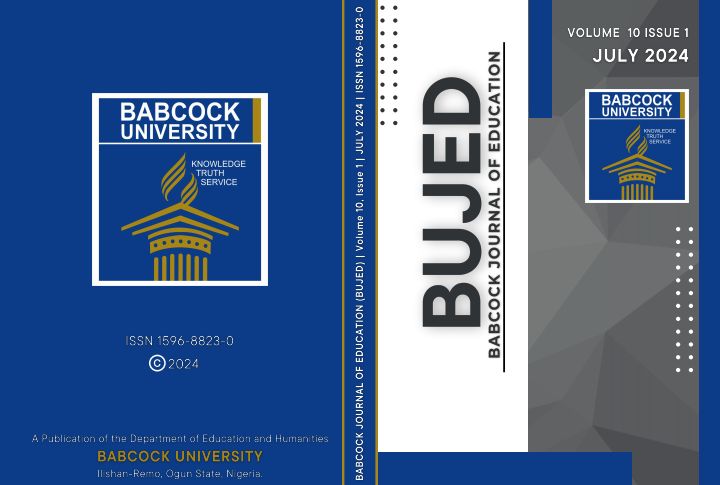A COMPARATIVE STUDY OF FLEXIBILITY AND FUNCTIONALITY OF LIBRARY DESIGN IN LAGOS STATE NIGERIA
DOI:
https://doi.org/10.5281/zenodo.14295918Keywords:
Flexibility in library, functionality in library, library architecture, library design, user experienceAbstract
Libraries, whether in educational institutions or public spaces, serve as crucial centres for knowledge dissemination and personal development, offering diverse materials and services to meet the needs of users and promote societal advancement. Specifically, university libraries are at the heart of academic life, where they gather, sort, and distribute informational resources. They also offer tailored services that align with their parent institutions’ goals, aiding in the achievement of students' and faculty members’ educational and research objectives. This study aim to carry out a comparative study of the flexibility and functionality of library design in Lagos state Nigeria. The objectives of this paper are: to study different definitions from several authors to have a broad base understanding of the usage, and to examine the concept of flexibility and functionality in architecture. Which are crucial for adapting the evolving user needs and market fluctuations, involving both active and natural flexible elements in design. Libraries, as dynamic centres in the twenty-first century, require flexible spaces with mobile furnishings to accommodate changing technological and user demands. Both psychologically and physically, flexibility plays a vital role in library design, allowing for a willingness to change and adaptability in the face of evolving needs. Libraries must consider layout and service flexibility to effectively respond to population growth, demographic shifts, and changing service requirements. The design of libraries involves considerations such as appropriate furniture, green initiatives, and accessibility features, aiming to enhance functionality, attractiveness, and energy efficiency. Academic libraries, seen as essential components of educational institutions, require careful design for individual flexibility, variety, and personalization. The architectural vision and management of building processes are crucial for achieving effective library functionality.





